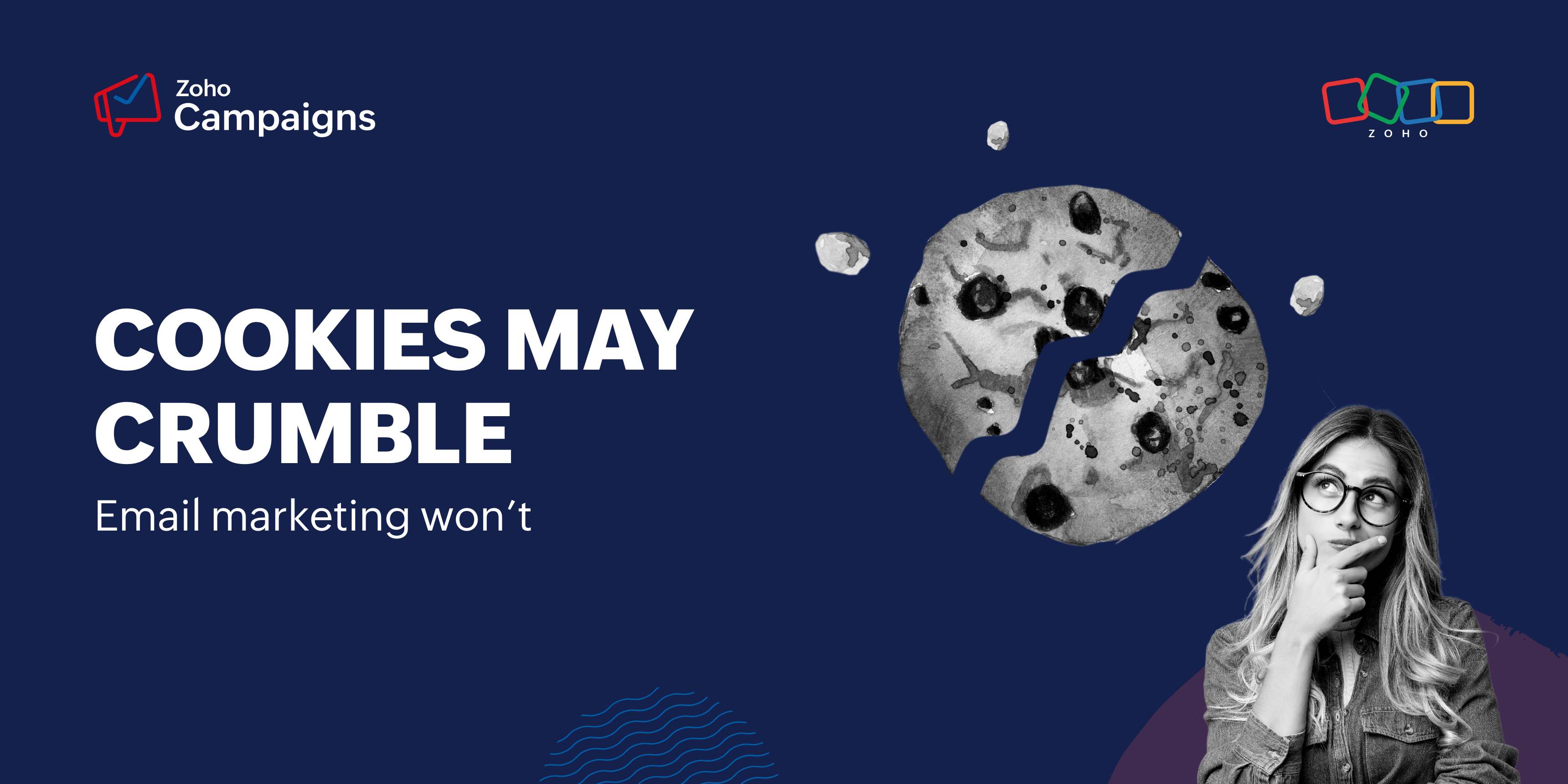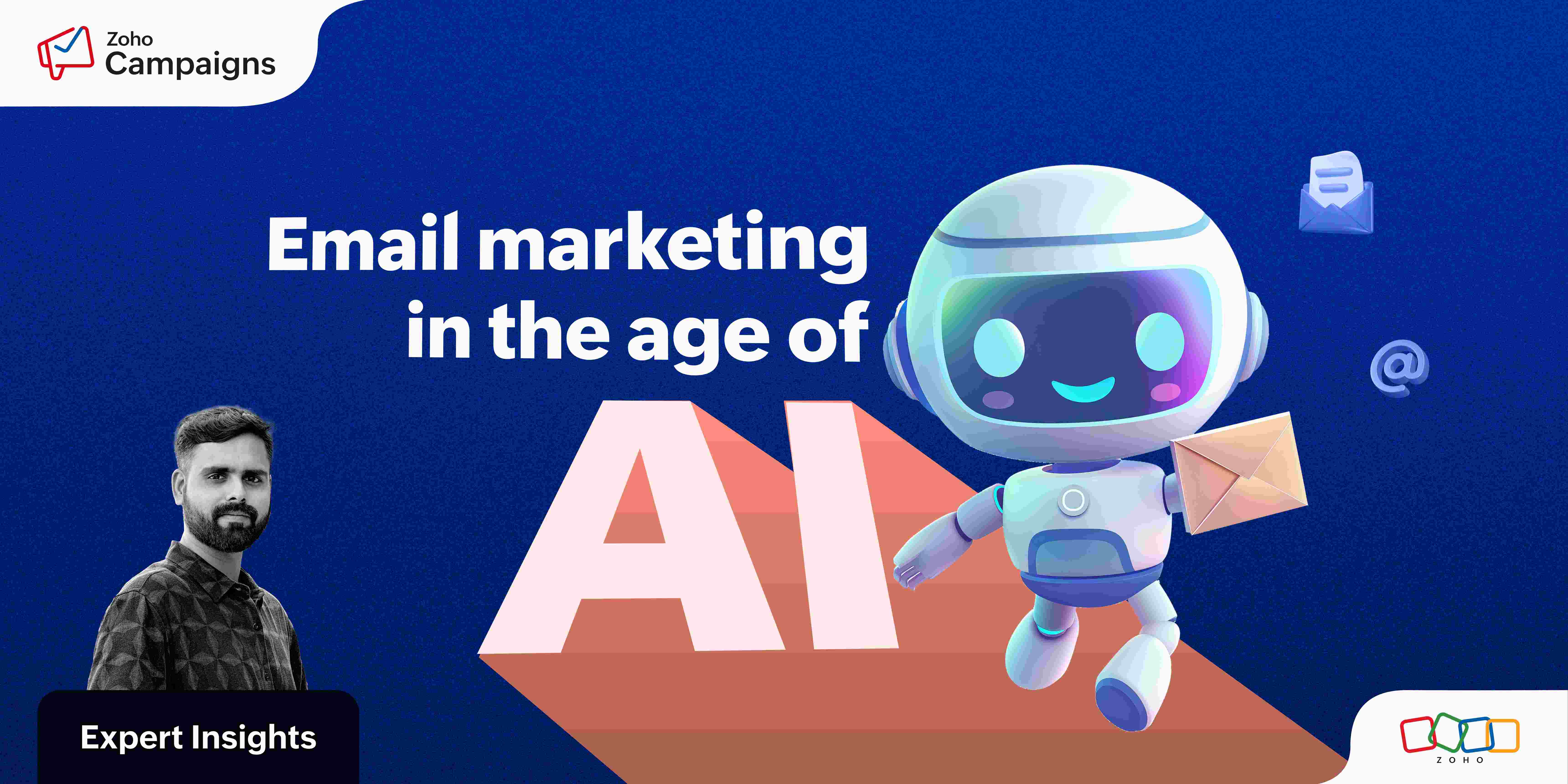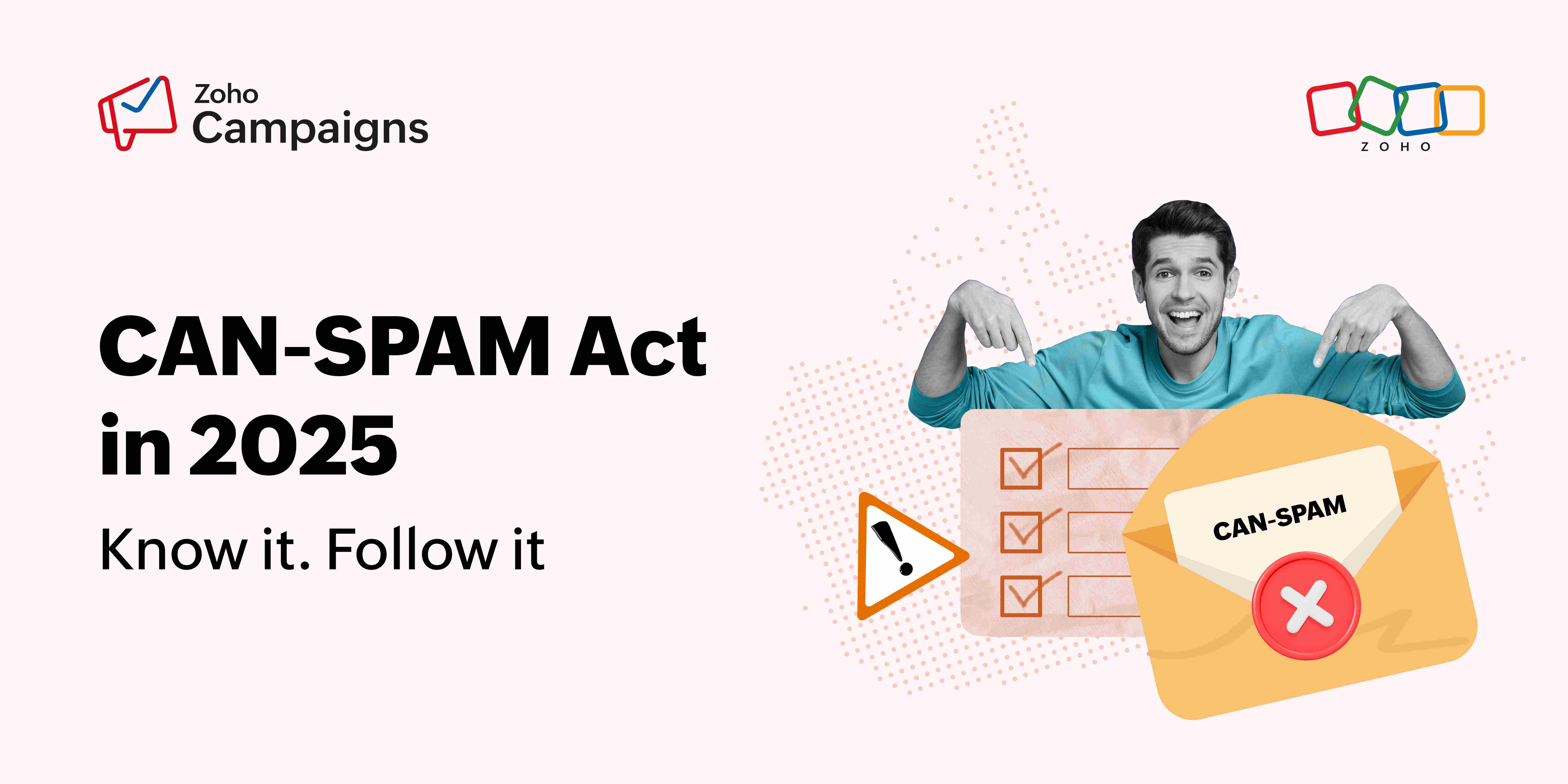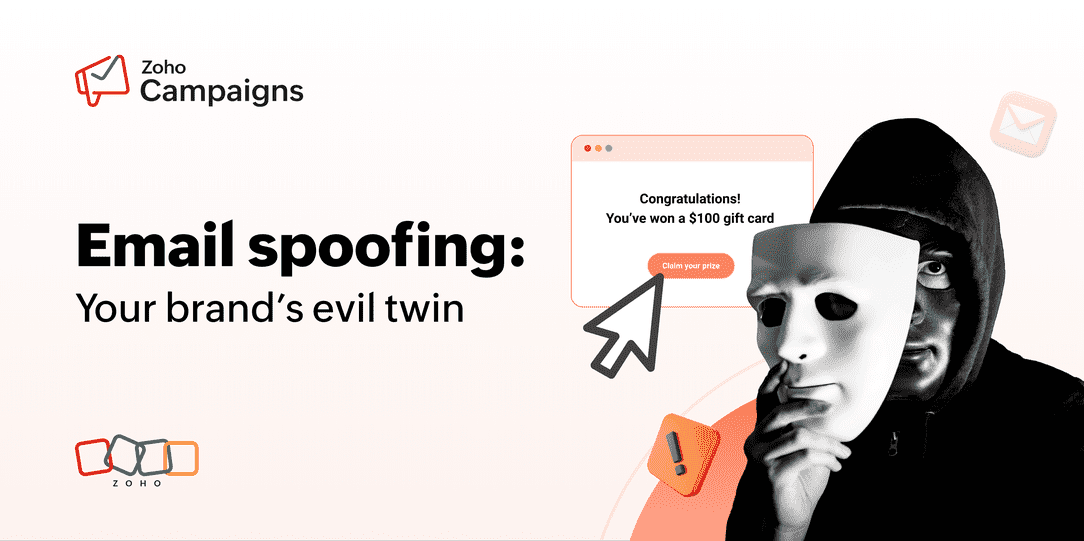- HOME
- Email Marketing
- Evolving cookie policies, evergreen email marketing
Evolving cookie policies, evergreen email marketing
- Last Updated : January 30, 2025
- 856 Views
- 5 Min Read

Note: As of July 22nd, 2024, Google has announced that they will not deprecate third-party cookies after all, but instead enhance privacy by letting users control their browsing experience.
While third-party cookie phaseout has been postponed for the time being, the truth still stands that users want to have control over how their information is tracked. As privacy consciousness keeps increasing, we can expect more regulations around tracking. Regardless of what happens to third-party cookies, it's always good to be prepared with first-party data. We recommend that as a marketer you reduce your reliance on third-party cookies and take matters into your own hands (and effectively, your own channels, such as email marketing).
Ever had an ad that followed you throughout the internet and more or less annoyed you into buying something? Well, a third-party cookie did it. Even experienced marketers can't resist buying from such advertisements.
Marketers have used third-party cookies for many years now to track and profile users based on their browsing activity. Companies use this data to re-target their audiences throughout the web and serve them highly personalized content to increase their chances of conversion.
In this blog, we'll take you through how you can reduce reliance on third-party cookies and how email marketing is going to play a pivotal role in marketing campaigns in the future (that is, if it's not already doing so).
What's happening to third-party cookies
With increasing privacy consciousness all over the world, data privacy regulations across different regions are evolving. These regulations have provisions that businesses must follow with respect to collecting, processing, using, and storing data. GDPR for the EU, CCPA for California, PIPEDA for Canada are examples of such regulations.
Keeping these regulations in mind, key players such as Google and Apple are doing away with third-party cookies and changing their policies to become more privacy-first. Apple requires every user to give consent for third-party cookies in every app they use. Google initially announced that it would completely remove third-party cookies by the end of 2024.
Although Google has now declared that they're not killing third-party cookies, they're nevertheless letting users take control of their browsing experience, and most users are going to choose not to be tracked.
Evolving cookie rules will affect marketers
Cookies or no cookies, marketers will still need to maintain contextual and personalized communication with their audience, and that's going to get challenging without third-party cookies.
Now you see me, now you don't: Third-party cookies help you measure how many times a person has seen your ad. Without them, you can't track the real frequency and reach of your advertisements.
Whose win is it anyway?: Even if there is a conversion, there's no way to know if it was because your first ad worked or if the target user saw it multiple times already. So how will you attribute conversions?
Much ad (spend) for nothing: You'll keep pumping money into digital advertisements, but you won't be able to detect or stop fraud—meaning your campaign efficiency and ROI will take a big hit.
The cookies that you can always rely on...
Since you can't rely entirely on third-party cookies to collect data, you need to come up with alternative ways to collect information to drive marketing campaigns. Remember, first-party cookies aren't going anywhere, and the data you collect from them—also called first-party data—is all yours to play with. You can simply shift from using third-party cookies to using first-party cookies, as first-party data is a permanent asset for every business.
The first-party data you get directly from your users is accurate, up-to-date, and most importantly of all, extremely inexpensive. You can collect first-party data in one of two ways:
First-party cookies: These are cookies on your own website and applications and track where users are visiting from, how they interact with your website, what pages they visit, how long they stay on each page, and more. This data shows what your users like and which pages of your website work best. Use them to understand which keywords are more likely to attract your target audience, and what type of content makes them stay longer, or make a purchase decision.
User-provided data: This is the data users give you about themselves. With increasing concern over data privacy, users aren't just against third-party tracking, but against giving companies their data as well. So you have to build trust and provide value even before you can ask your audience to give you anything in return. Signups, free trials, research reports, ebooks, newsletters, and surveys are some good ways to collect your users' first-party data with consent.
You can leverage both these ways together to build intel on what your visitors like as well create a database of potential leads.
How to leverage first-party data in marketing
There's no better platform than email marketing when it comes to putting your first-party data to use. Email marketing is cost-effective, customizable, measurable, scalable, and can yield high ROI. Combine email marketing with social media marketing, contextual advertising, and a solid content plan, and you've got yourself a winning marketing strategy without the need for third-party cookies.
Here's how you can put that first-party data to use in email marketing:
Build segments: Since you have firsthand information about your audience, use this data to segment them based on demographics, behavior, buying stage, and so on. Segmentation is not a one-and-done exercise; you can dynamically segment your users into different groups based on various factors.
For instance, you can have all users from North America in a segment, and some of these users can also be in a segment for users who have made a purchase from you in the last year.Target contextually: You may not be able to advertise to users wherever they go, but if you know what they're interested in at the moment, you can capitalize on that to create relevant information that has value for your audience.
Let's say you're a custom gift company and you know people are going to want to wear t-shirts with the face of their favorite star from his latest movie.
Based on current market trends and first party data from your website, you know what kind of page will convert better. You use this information to create an attractive webpage with all the right components.
You also have user-provided data from previous purchases, or website signups. You can use this information to email those contacts on your ongoing sale and add call-to-action (CTA) buttons that take your audience back to your website to make the purchase. As an added bonus, you can also run targeted advertisements and promote the webpage on your social media handles to reach a wider audience.Add a touch of personalization: With the help of dynamic content and automation, you can personalize your email content. Create engaging emails with exclusive offers and tailor them to your audience's preferences based on the first-party data you've gathered from them. Because your users have consented to receive communication from you, as long as you maintain the right frequency, you can do non-invasive yet personalized email marketing.
Pro tip: Keep iterating and building your first-party data. As you continue to communicate with users, you're going to keep learning more about their lives, interests, and behaviors. Have a good first-party data collection strategy in place, unify the data from different sources and departments, and build comprehensive user profiles and segments. Continue optimizing your email campaigns and overall marketing strategy in accordance with the evolution of this data.
The bottom-line
Apple and Safari removed third-party cookies long ago, and even if Google keeps them, users will choose to be tracked less and less. So it's high time we embrace a life without third-party cookies.
Yes, reducing reliance on third-party cookies might be difficult, but it's not the end of the road. By getting personal with your audience, providing them value, building a first-party data strategy, and leveraging first-party data for email marketing—among other channels—you can navigate these uncharted waters with ease.
Want to get a head-start on using first-party data to do email marketing?
Try Zoho Campaigns
 Vidhya Vijayaraghavan
Vidhya VijayaraghavanHi! I'm Vidhya, a storyteller and problem solver. I wholeheartedly believe that B2B content doesn't have to be boring.
When not writing or having a writer's block, you can catch me reading, puzzling, or volunteering.
I'm game for a conversation about anything, especially B2B SaaS marketing (and cats too!).



